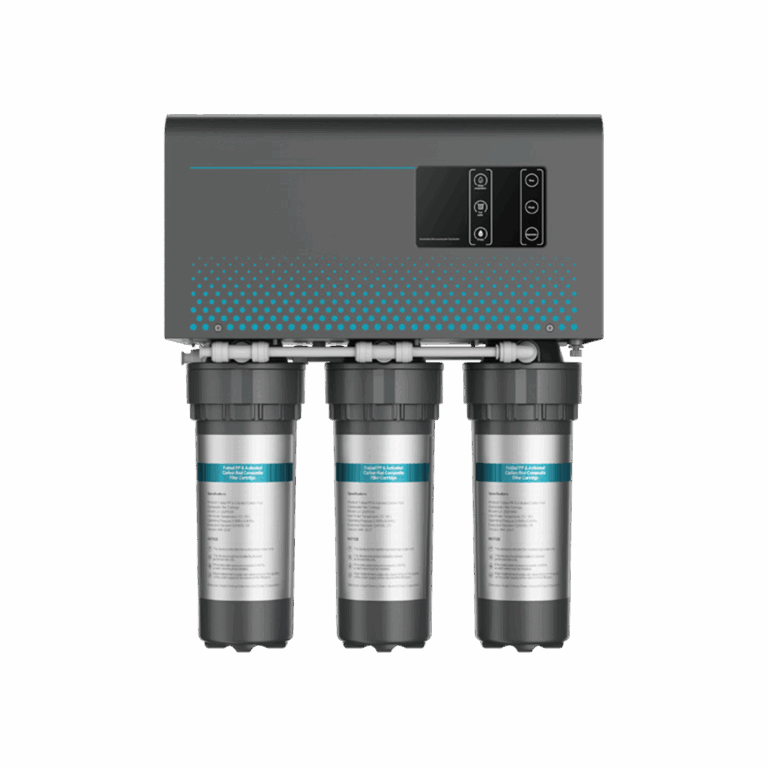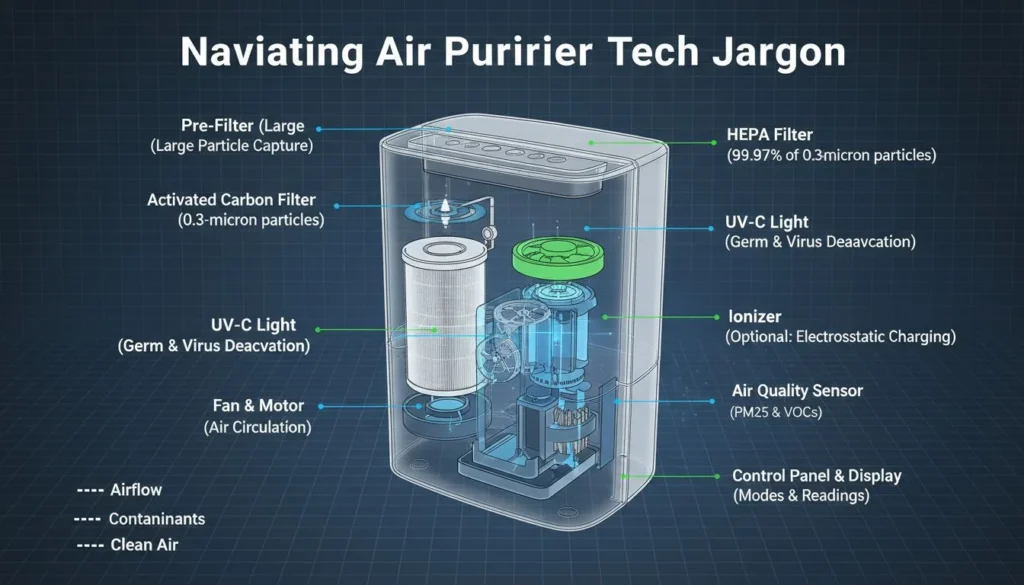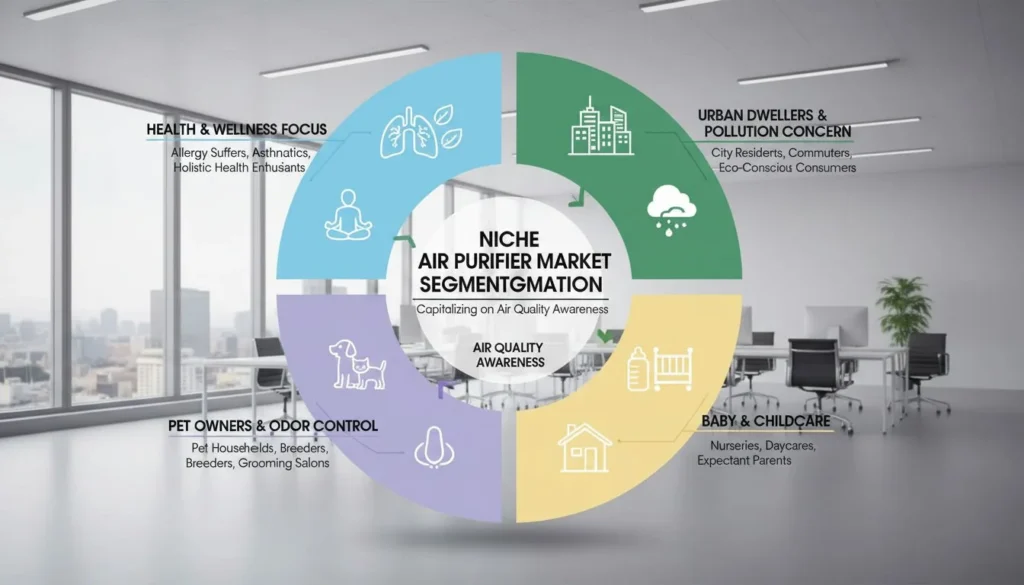
Found the perfect supplier, but their high MOQ is a deal-breaker? This can kill your cash flow1 and leave you with risky, excess inventory. Let's change that.
Negotiate lower MOQs by understanding your supplier's production costs2 and building trust. Propose alternatives like a higher per-unit price, bundling SKUs, or a phased commitment. Demonstrating your long-term value as a partner is key to getting them to say yes.

I've been on both sides of this table. As a factory employee, I saw why MOQs existed. As a business owner, I had to negotiate them. It feels like a wall, but it's really a door. You just need the right key. In my years of running a mold and CNC trading company, I learned that negotiation isn't about winning; it's about finding a way for both sides to succeed. Let's walk through the exact steps I've used to turn a "no" into a long-term partnership.
Suppliers set MOQs arbitrarily to maximize profit.Falso
MOQs are usually based on real costs like raw material orders, machine setup time, and production efficiency. They are not just random numbers.
A smaller production run always has a higher per-unit cost for the manufacturer.Verdadeiro
Fixed setup costs (like cleaning and calibrating machines) are spread over fewer units, increasing the cost attributed to each individual item.
Why does a supplier even have an MOQ?
Frustrated by a supplier's rigid MOQ? It feels like an arbitrary number designed to block small businesses. But this misunderstanding can kill your negotiation before it even starts.
Suppliers set MOQs based on real-world constraints. They have their own minimums for raw materials and need to run machines efficiently. A small order can cost them more in setup time and labor than they make, so the MOQ protects their basic operational costs.
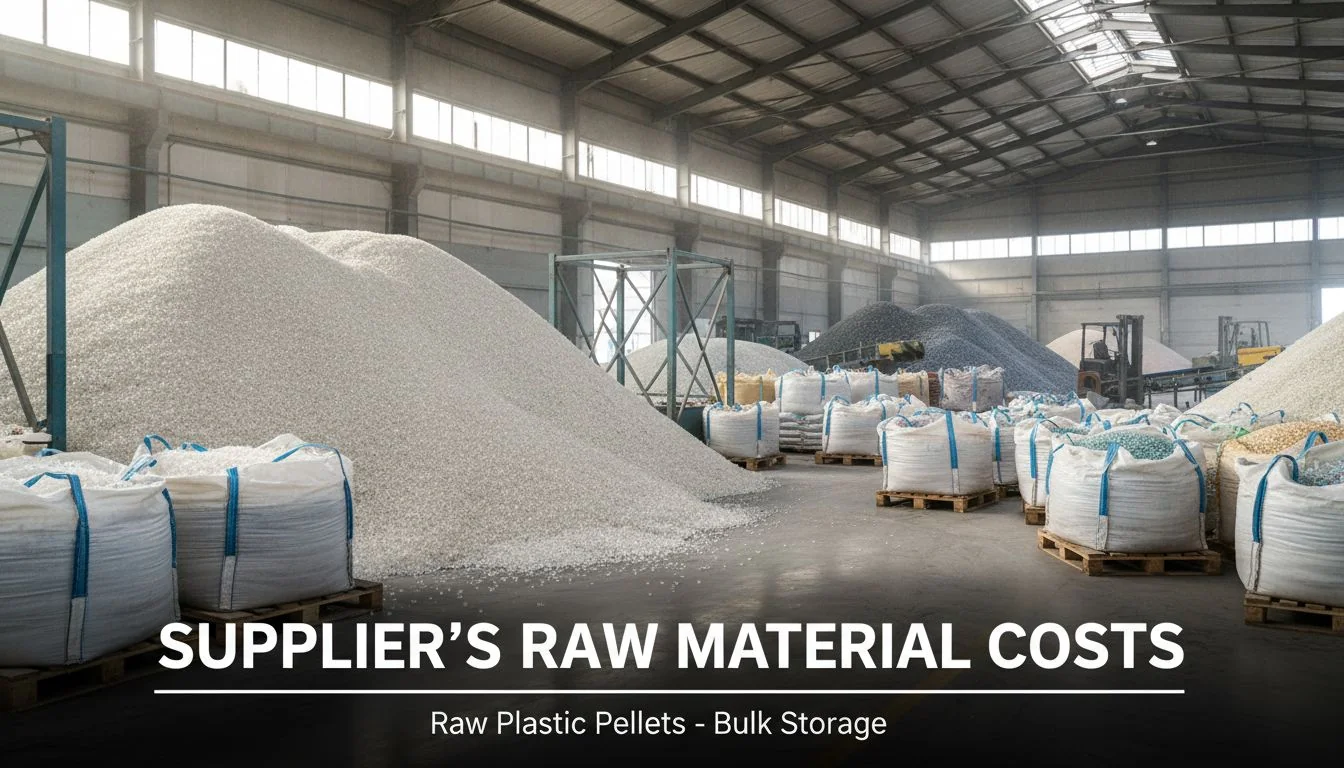
When I first started working in a mold factory, I didn't get it either. Why turn away a paying customer? Then I saw it firsthand. A manager had to explain to me that changing the mold and material for a new production run could take hours. Whether we made 100 pieces or 10,000 pieces, that setup time was the same. This is the core of the issue.
The Two Pillars of MOQs
The MOQ isn't just a number they pull out of thin air. It's a calculation for survival. It generally comes down to two main things: raw material costs3 and production efficiency.
- Raw Material Constraints: Your supplier doesn't make their own plastic pellets or steel blocks. They buy them from an even bigger supplier, who has their own MOQ. They might have to buy a ton of a specific color of plastic, even if your order only needs 100 kilograms. The rest sits in their warehouse, tying up their cash.
- production efficiency4: Setting up a large injection molding machine is a complex process. It involves cleaning the machine, installing the mold, heating it to the right temperature, and running test shots. This can take several hours and significant labor.
By showing you understand these points, you're no longer just a customer asking for a discount; you're a potential partner who gets their business.
| Fator | Why it Influences MOQ | Your Negotiation Angle |
|---|---|---|
| Matérias-primas | Supplier must buy in bulk. | Can you use a material they already have in stock? |
| Machine Setup | Fixed time/cost per run. | Can you bundle your order with another product using the same material? |
| Custos de mão de obra | Setup and oversight cost money. | Offer a higher per-unit price to cover their inefficiency on a small run. |
Acknowledging a supplier's constraints makes you appear weak in a negotiation.Falso
It shows you've done your homework and respect their business, which builds credibility and fosters a more collaborative, problem-solving atmosphere.
The cost of raw materials is the single biggest factor in a supplier's MOQ.Verdadeiro
While efficiency is crucial, if a supplier has to buy a massive quantity of a unique raw material for a small order, it's often a non-negotiable financial loss for them.
How can I build a foundation for a successful negotiation?
Sending a cold email asking for a lower MOQ? You're just one of a hundred. This makes it easy for suppliers to ignore you or send a standard "no."
Build a strong foundation by establishing confiança5. Be reliable and communicate openly. Share your sales projections and marketing plans to show them your potential for future, larger orders. A supplier is more likely to be flexible with a partner they believe in.
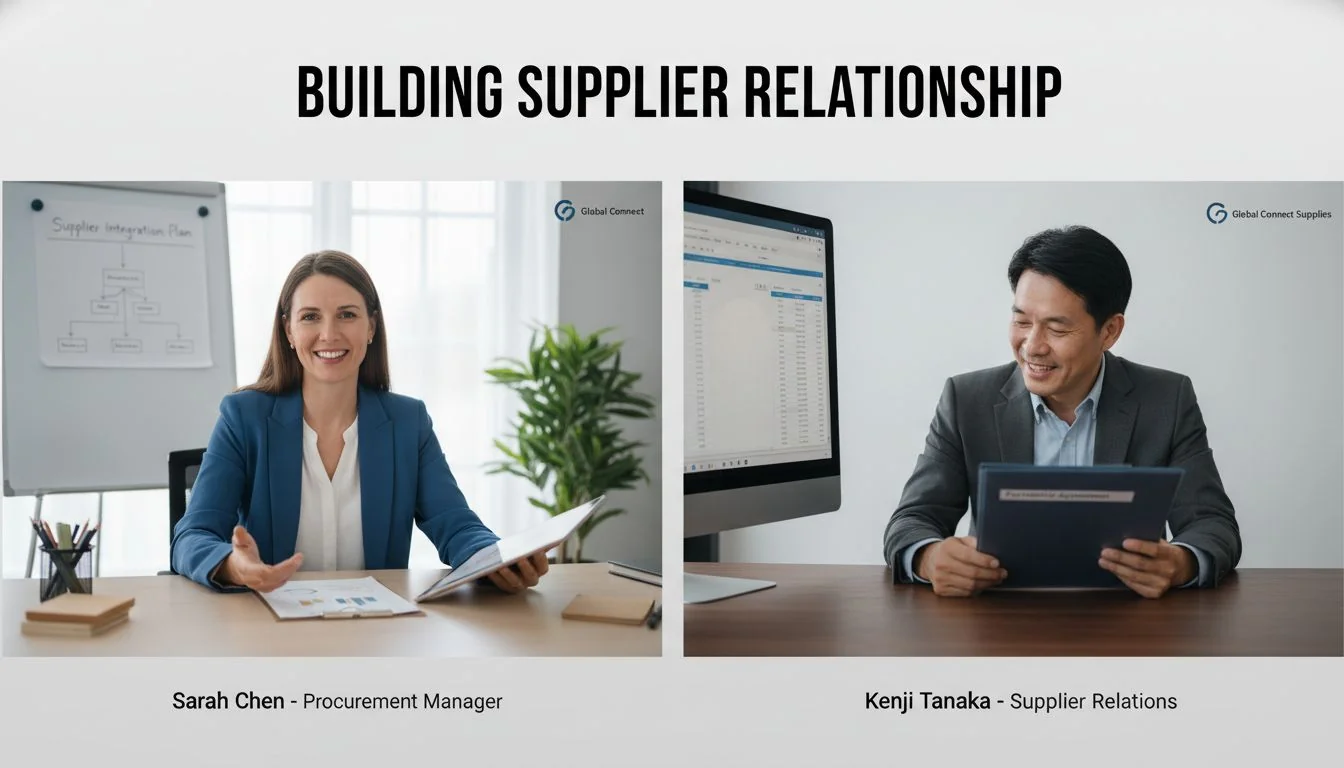
When I started my trading company, I had no leverage. I was small. I couldn't place huge orders. What I could do, however, was build relationships. I learned that suppliers are people, and people prefer to do business with those they know and trust. This is your most powerful, yet often overlooked, negotiation tool.
Turning a Transaction into a Partnership
Before you even mention the letters "MOQ," you need to lay the groundwork. Your goal is to shift their perception of you from a one-time buyer to a long-term partner.
- Share Your Vision: Don't just send a purchase order. Send them your business plan. Show them your marketing materials, your website, and your sales forecasts. When they see you have a solid plan to grow, your small initial order looks like a smart investment for them, not a hassle.
- Be a Good Customer: Start with something. Maybe you can meet the MOQ on one item, or order a standard product they offer. Pay your invoices on time, every time. A history of reliability, even a short one, speaks volumes.
- Make it Personal: If you can, visit the factory. I can't tell you how many deals I've solidified over a cup of tea at the supplier's office. Seeing their operation shows respect and gives you a deeper understanding of their challenges. If you can't visit, a video call is the next best thing. Put a face to the name.
This isn't about manipulation; it's about genuine partnership. When they see your potential and trust your word, the conversation about MOQs becomes a collaborative problem-solving session.
Sharing your sales projections with a supplier is risky and gives them too much leverage.Falso
Sharing realistic projections builds confidence and shows the supplier the potential for future business, making them more likely to invest in the relationship with a lower initial MOQ.
Visiting a supplier in person is an outdated practice that has little impact on business deals.Falso
An in-person visit can build significant trust, provide valuable insights into the supplier's operations, and solidify a relationship in a way that emails and phone calls cannot.
What creative negotiation tactics can I propose?
The supplier said "no" to your request for a lower MOQ. Now what? It feels like a dead end, forcing you to abandon your product or find someone new.
Instead of just asking, propose a solution. Offer a higher per-unit price on the smaller order to cover their costs. Suggest bundling several different products to meet an overall volume goal. Or, commit to a larger order delivered in smaller, phased shipments.
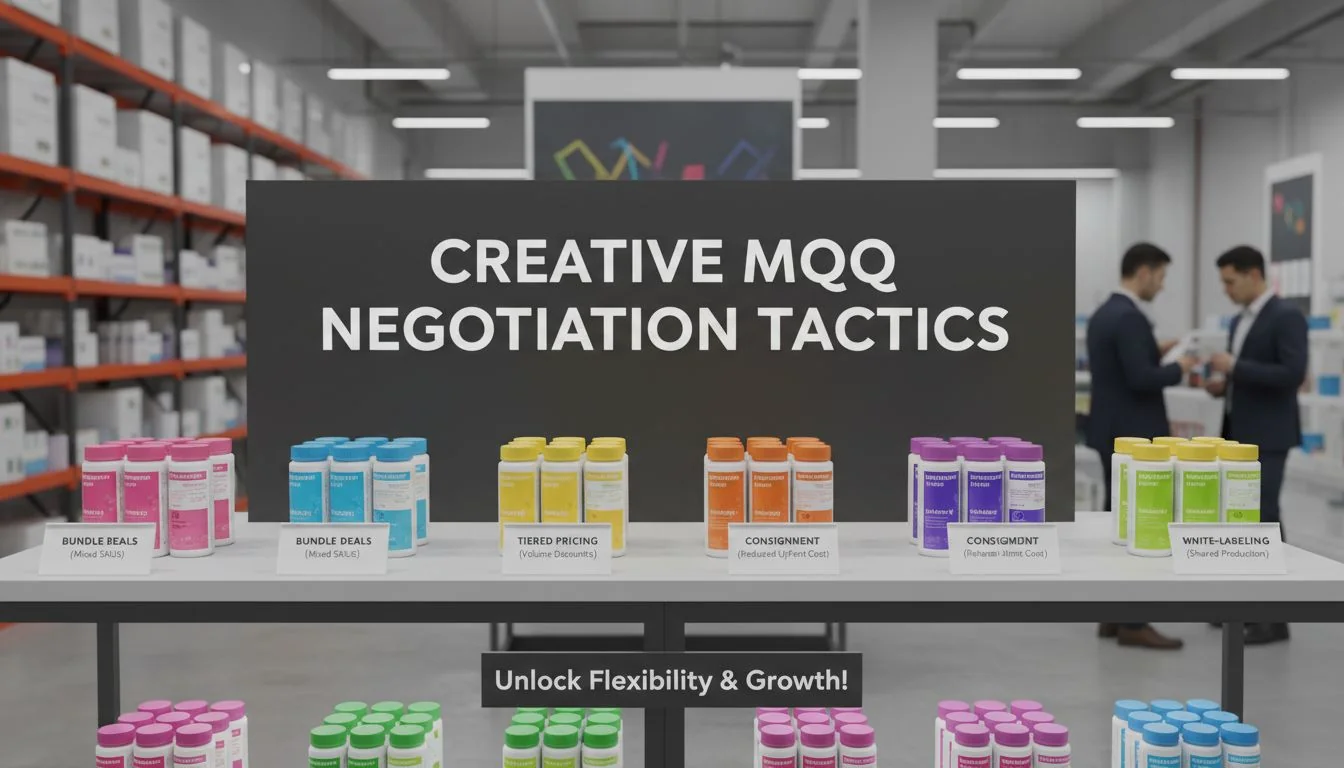
I once had a client, let's call him Jacky, who was launching a new line of electronic enclosures. He needed three different sizes, but the MOQ for each was 5,000 units. That was 15,000 units total—far too much for a new product launch. The supplier initially said no to a smaller order. So, we stopped asking and started proposing. We went back with a creative plan that worked for everyone. This is where you move from asking for a favor to creating a business case.
Three Proven Tactics to Propose
If a direct request for a lower MOQ fails, it's time to get creative. The goal is to reduce the supplier's risk and financial burden.
- Offer a Higher Per-Unit Price: This is the most direct approach. Acknowledge that a smaller run is less efficient for them and offer to pay for that inefficiency. A 10-15% price increase on a 50% smaller order can be a very attractive deal for the supplier.
- Bundle Multiple SKUs: This is what worked for Jacky. We asked the supplier if we could order 1,500 units of each of the three sizes. The total order was 4,500 units, which was close enough to their 5,000-unit MOQ for a single product. The material was the same, so it minimized their disruption.
- Negotiate a phased commitment6: Propose a formal agreement for a larger quantity (e.g., 10,000 units) but ask for it to be produced and delivered in smaller batches (e.g., 2,500 units every quarter). This gives them the large order they want and gives you the manageable inventory you need.
| Tactic | How it Helps the Supplier | How it Helps You |
|---|---|---|
| Higher Unit Price | Compensates for lost efficiency and profit. | Get your product to market with less capital. |
| Bundle SKUs | Achieves a larger total production volume. | Launch product variations with less risk. |
| Phased Commitment | Guarantees future business and volume. | Improves cash flow and reduces inventory storage. |
Offering to pay a higher price per unit is a sign of desperation.Falso
It's a standard, professional negotiation tactic that shows you understand the supplier's costs and are willing to create a mutually beneficial arrangement.
A phased commitment is essentially the same as placing multiple small orders.Falso
A phased commitment is a formal agreement for a large total quantity, which gives the supplier security and allows them to plan raw material purchases, unlike separate, unpredictable small orders.
How can I offer value beyond just the price?
You can't afford a higher per-unit price, and the supplier won't budge. It feels like you're out of options and have no leverage left to make a deal.
Offer value that isn't cash. Propose faster payment terms to improve their cash flow. A powerful testimonial or case study can be a huge marketing asset for them. Sharing unique market data you've gathered can also position you as a strategic partner.
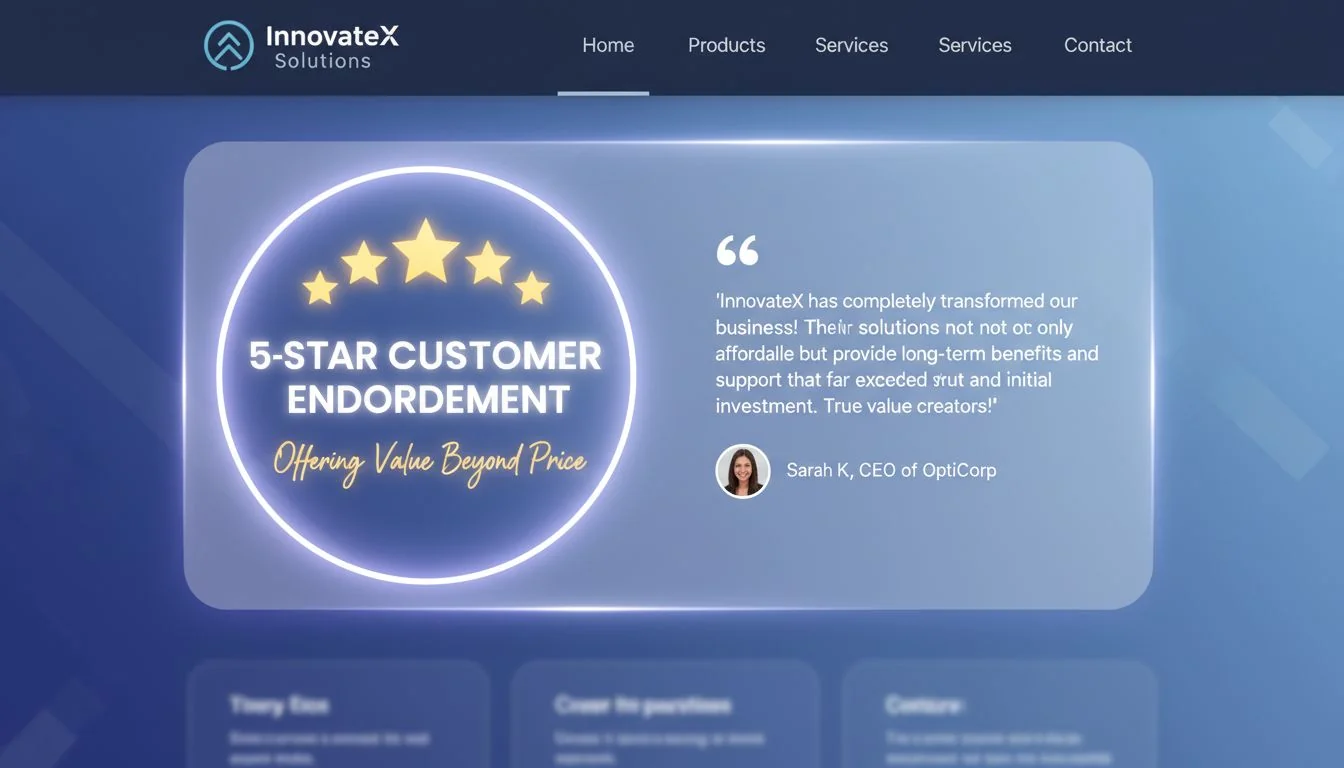
Early in my career, I was working with a fantastic mold maker, but their payment terms were tough for my small company. I realized their problem wasn't just profit; it was cash flow. So, I made a proposal: if they could be flexible on the order size, I would pay 50% upfront and the final 50% upon shipment, instead of the standard Net 30 terms. It worked. I helped their cash flow, and they helped my inventory. Sometimes, the most valuable currency isn't money, but solving someone else's problem.
Thinking Like a Strategic Partner
If you can't compete on volume or price, compete on value. Think about what else a supplier might need that you can provide.
- Become Their Marketer: A great testimonial or a detailed case study from a happy client is marketing gold. Offer to provide one, complete with high-quality photos or a video. This is a tangible asset they can use to win more business. For them, this can be more valuable than the small profit margin they lose on your initial order.
- Be Their Banker: Cash flow is the lifeblood of any business, especially manufacturing. Standard payment terms are often Net 30 or Net 60. If you can offer to pay a larger portion upfront or pay the final balance immediately upon delivery (waiving the 30-day term), you are directly improving their financial stability. This is a very powerful bargaining chip.
- Be Their Intel: You are on the front lines of your market. You have data on what customers want, how competitors are performing, and where the industry is headed. Sharing these insights can help your supplier make better strategic decisions. This elevates you from a simple customer to a valuable partner who helps them grow.
Suppliers only care about the price and volume of an order.Falso
Suppliers are businesses with multiple needs, including marketing, cash flow, and market intelligence. Offering value in these areas can be a powerful negotiation tool.
Offering faster payment terms can be a significant incentive for a supplier.Verdadeiro
Improving a supplier's cash flow by paying earlier than standard terms directly reduces their financial risk and operational pressures, making it a highly valued concession.
How do I know my limits and when should I walk away?
You really want this to work, so you're tempted to agree to anything. But this desperation can lead you into a deal that sinks your business before it even launches.
Know your numbers first. Calculate your break-even point, your maximum affordable per-unit cost, and your inventory limits. If a supplier can't meet a reasonable point within these limits, you must be prepared to politely walk away. This protects your business.

The most powerful position in any negotiation is the ability to walk away. I've seen entrepreneurs get so emotionally invested in one specific supplier that they agree to terms that are financially ruinous. They end up with a garage full of product they can't sell and a bank account that's empty. Your first job is to protect your business, not to close a deal at any cost.
Defining Your "Walk-Away" Point
Before you even send that first email, you need to do your own homework. This isn't about the supplier; this is about you.
- Know Your Landed Cost: Calculate your total cost per unit. This includes the manufacturing price, shipping, tariffs, and taxes. What is the absolute highest this number can be while still allowing you to have a healthy profit margin? This is your price limit.
- Know Your Cash Flow: How much capital can you realistically tie up in inventory? Calculate the total cost of the order and determine if you can afford it without jeopardizing your ability to pay for marketing, operations, and other expenses. This is your volume limit.
If the negotiation pushes you past these limits, you have your answer. Politely thank the supplier for their time and end the conversation. Walking away does two things:
- It protects you: It prevents you from making a catastrophic business mistake.
- It sends a powerful signal: It shows the supplier you are a serious businessperson who knows their numbers. Sometimes, this is the very thing that brings them back to the table with a better offer. And if it doesn't, remember that there is always another supplier out there who might be a better fit for your business at this stage.
Walking away from a negotiation is a sign of failure.Falso
Walking away from a bad deal is a sign of smart business. It protects your financial health and shows that you are a serious negotiator who knows your limits.
There is always only one 'perfect' supplier for a product.Falso
While some suppliers are better than others, the manufacturing world is vast. There are often multiple qualified suppliers who may be a better fit for your current business needs and scale.
Conclusion: From Negotiation to Collaboration
Remember, the goal isn't just a lower MOQ. It's about building a strong, collaborative partnership. This approach turns a one-time transaction into a foundation for long-term, mutual success.
References
-
Cash flow is crucial for suppliers; understanding it can improve your negotiation strategy. ↩
-
Understanding production costs can help you negotiate better terms with suppliers. ↩
-
Raw material costs are a major factor in supplier pricing; understanding them can enhance negotiations. ↩
-
Production efficiency impacts costs and MOQs; knowing this can strengthen your negotiation position. ↩
-
Building trust is essential for successful negotiations and long-term partnerships. ↩
-
A phased commitment can provide security for suppliers while meeting your needs. ↩




